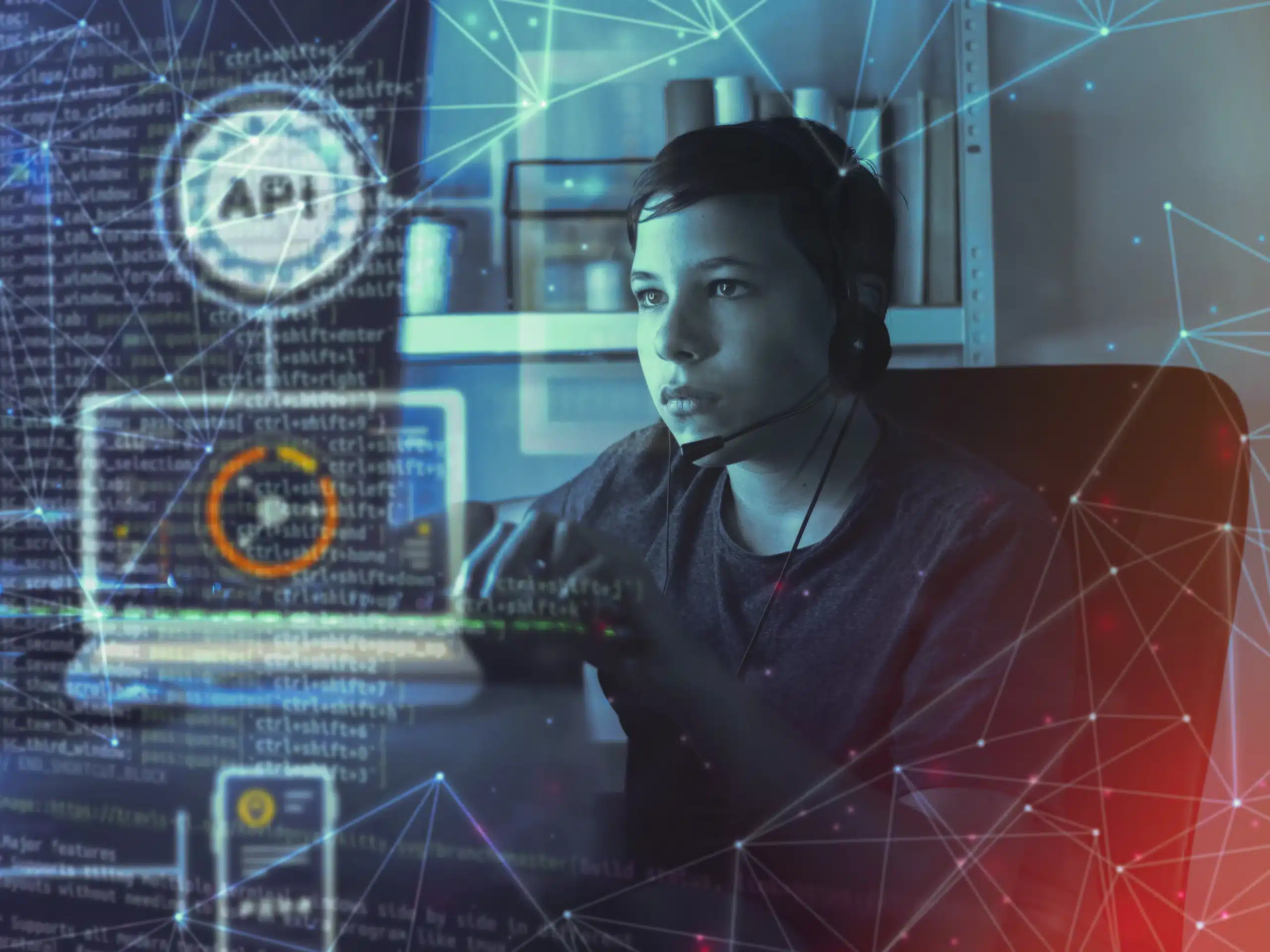For decades, web design has been a meticulous, hands-on craft blending artistry with technical code. But a new force is fundamentally changing the game: Artificial Intelligence.
Once a sci-fi buzzword, AI is now a practical, powerful tool embedded in the design process. It’s not here to replace designers, but to act as a powerful co-pilot, automating the tedious, analyzing data at superhuman speeds, and unlocking a new level of personalization.
Here’s a detailed look at how AI is actively revolutionizing the way websites are built and experienced.
1. The Rise of AI-Assisted Design (ADI)
The most visible change is the emergence of AI Design Intelligence (ADI) platforms. These tools are a massive leap beyond old-school templates.
- How it works: You provide the AI with basic information. This includes your business name, industry, preferred style (e.g., “minimalist,” “bold”), and color palette.
- The result: The AI instantly generates a complete, unique website draft in seconds. It selects layouts, chooses (or even generates) relevant images, and writes starter text.
- Why it’s a big deal: This dramatically lowers the barrier to entry for small businesses and individuals. While a designer from a professional web design service in USA will still be needed for a truly custom, high-end site, ADI can handle 80% of the foundational work for a basic site, freeing up developers to focus on complex functionality.
2. Hyper-Personalization: The End of “One-Size-Fits-All”
This is perhaps the most significant revolution for users. AI ends the static, one-size-fits-all website. Your experience on a website can now be completely different from another user’s, all in real-time.
- How it works: AI engines analyze user data. This includes their location, browsing history, time of day, and on-site behavior (what they click on, what they ignore).
- The result: The website layout, product recommendations, headlines, and even call-to-action buttons can change dynamically to match that specific user’s intent.
- Example: An e-commerce site shows you hiking boots on the homepage because you’re a known outdoor enthusiast, while it shows another user running shoes. Many streaming services use this to power their “Recommended for You” sections.
Insight: This isn’t just a gimmick; it’s a financial powerhouse. Industry analysis shows that 71% of consumers now expect personalized interactions, and companies that excel at it can see a 15-25% increase in revenue.
3. Smarter, Faster, & Automated A/B Testing
A/B testing (testing headline “A” vs. headline “B”) used to be a slow, manual process. AI takes this to an entirely new level.
- How it works: Instead of just testing A vs. B, AI can run multivariate tests, simultaneously testing dozens of combinations of headlines, images, button colors, and layouts.
- The result: The AI quickly learns which combinations convert best and automatically starts showing the “winning” version to more users. It can even predict user behavior to suggest new tests a human, or even a dedicated seo company in utah, might never have thought of.
4. AI-Powered Content and Code Generation
AI is now a creative partner for both writers and developers, smashing through creative blocks and handling grunt work.
- For Designers & Developers: Advanced AI coding assistants (trained on billions of lines of code) can auto-complete code snippets, translate natural language (like “create a blue button that animates on hover”) into functional HTML/CSS, and find bugs.
- For Content: Generative AI can write product descriptions, blog post outlines, and marketing-savvy headlines.
- For Visuals: This is a huge one. Modern image tools can generate high-quality, completely unique “photos,” illustrations, icons, and textures from a simple text prompt. This solves massive stock photography budget and licensing headaches.
By the Numbers: The AI Impact
Stats and insights paint a clear picture of this revolution:
- Speed & Efficiency: A 2024 survey of design agencies found that 68% are already using AI tools, reporting an average 30% increase in project delivery speed.
- Adoption: Market forecasts predict that by 2026, 80% of the top 100 e-commerce companies will be using AI and generative AI to create personalized product content and landing pages.
- User Expectations: It’s now a key finding that 71% of consumers expect personalization, and they are 76% more likely to buy from brands that provide it.
The Big Question: Will AI Replace Web Designers?
This is the number one concern, and the answer is a clear no, but the role is changing.
AI is exceptionally good at automation and optimization. It can generate a layout, but it doesn’t understand why that layout works for a specific brand’s feeling and strategy.
- AI Lacks: Empathy, brand strategy, human-centric problem-solving, and true, out-of-the-box creativity.
- AI Automates: Tedious tasks like resizing 50 images, A/B testing button colors, writing boilerplate code, and finding a “good enough” stock photo.
The role of the web designer is evolving from a “pixel-pusher” to a “Design Strategist” or “AI Director.” The designer of the future won’t be building every element by hand. They will be the one guiding the AI, curating its outputs, and focusing on the high-level human elements: brand identity, user empathy, strategic goals, and crafting the perfect prompts to get the best results.
The Future: What’s Next?
The revolution is just getting started. Keep an eye on these next-wave trends:
- Generative Design: AI won’t just customize layouts; it will invent completely novel ones based on a set of rules, creating thousands of unique options for a designer to choose from.
- Voice UI Integration: As more users interact with the web via voice assistants, AI will be essential in designing seamless, conversational interfaces.
- Predictive Design: The website of the future may change before you even click, using AI to predict your next move and surface the content you’ll need, right when you need it.
Ultimately, AI is the most powerful tool to enter the web design world in a decade. It’s making the web more personal, more efficient to build, and more intelligent for everyone.





